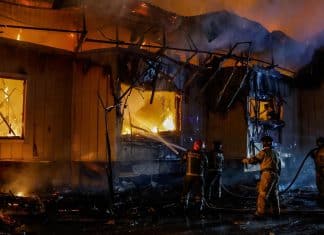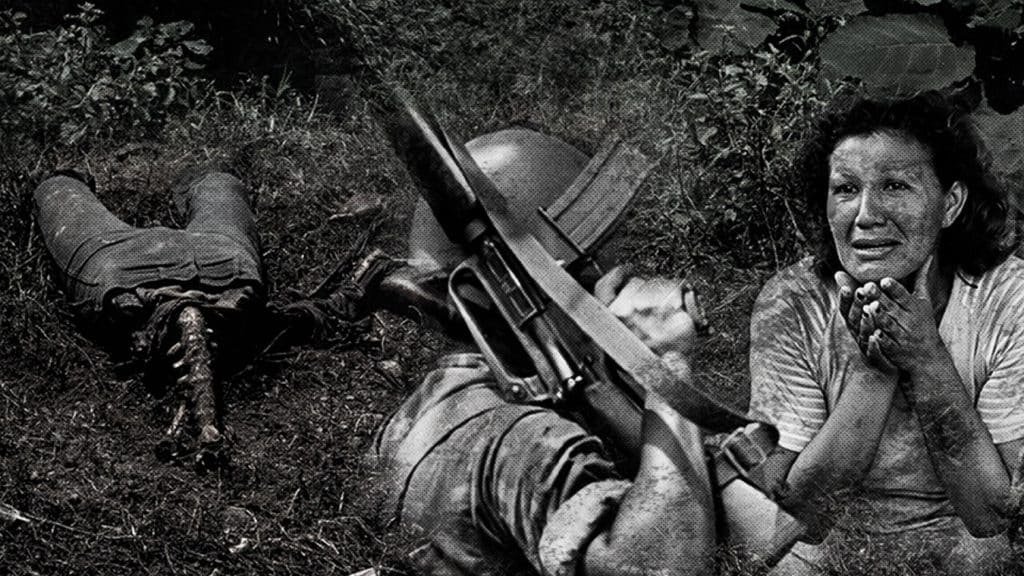
Terror, death, torture, misery, violence, corruption and impunity are some of the decadent terms that defined the 43-year period of the Somocista dictatorship, in which the people of Nicaragua found no other way than the armed struggle to overthrow the last dictator: Anastasio Somoza Debayle, also known as «the last United States Marine» in Nicaragua.
Classified as one of the bloodiest dictatorships in Latin America, the Somocista tyranny tortured and murdered thousands of Nicaraguans, without distinction: women, children and men, for years, were executed daily in the Central American nation.
The shameful dictatorship bombed entire cities, where the civilian population was defenseless, devastating the country, and plunging Nicaraguans into deep mourning and terror.
The Somocista Guard unleashed a savage repression, they were animals
The Guerrilla Commander, Omar Cabezas, decades later described what the Somocista period was like: You don’t know what it was, every day in the world, five dead people lying in different cities, six dead, every day, I’m not exaggerating! said in an exclusive interview with JP+.
The ex-combatant of the Nicaraguan Revolution said emphatically that «when the guards (of Somoza) begin to detect the presence of us (the Sandinistas), then they begin to unleash a savage repression, you have to have a lot of imagination, to understand the behavior that has no name; they were animals, all its elite troops trained in the Panama Canal by US officials».
They are warriors, the governments of the United States have policies of death, at least I answer for my country. The politicians and the Army of the United States, they are stained for their whole life, because they devastated the economy, they killed us thousands of young people, Thousands of crippled young people ended the lives and happiness of thousands of Nicaraguan women and men. They have no forgiveness from God!» denounced Cabezas about those who trained the National Guard.
This is how the bloody period of the Somocista dictatorship developed
In 1925, the United States pressured Nicaraguan politicians to approve the Nicaraguan National Guard Act, but it was not until 1927 that it was finally established. Founded, trained and led by the American army, the National Guard would become Washington’s instrument in Nicaragua, and its manager, Anastasio Somoza García, would be the founder of one of the cruelest dictatorships in Latin America and the world.
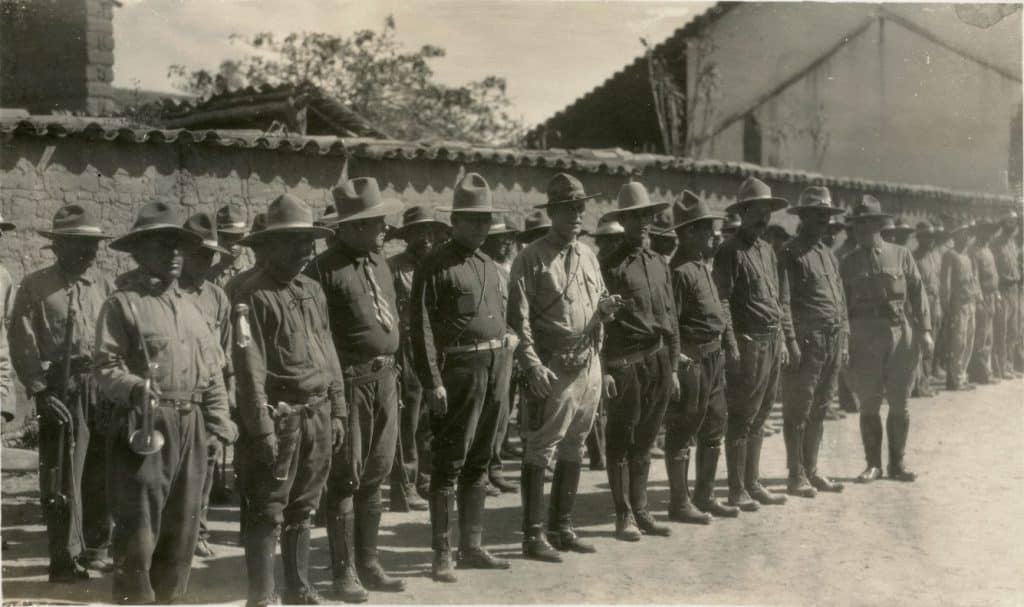
Marines in Nicaragua. The Somocista dictatorship was a direct consequence of U.S. intervention in the country.
According to the «Brief analysis of the Nicaraguan popular struggle against the Somoza dictatorship», released in March 1960 by the founders of the FSLN: Carlos Fonseca and Silvio Mayorga; before the Federation of University Centers of the Central University of Venezuela, the establishment of Somocismo was part of an «international fascist plan for the establishment of governments based on reactionary force».
However, the Somocista dynasty was characterized by a peculiar way of exercising power through exploitation, inequality, threats, repression, murder and especially a brutal cruelty with which it terrorized the poorest of the country.
Somoza was the owner of Nicaragua
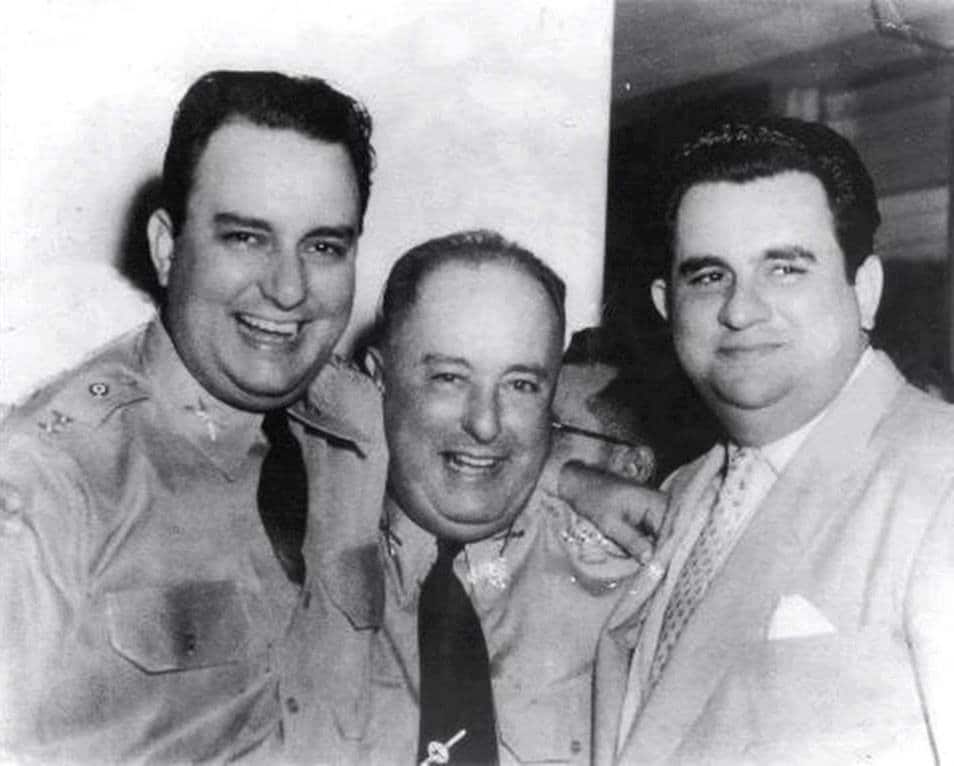
The Somoza family became the richest in Nicaragua. In 1941 Somoza Garcia expropriated the properties of all Germans residing in the country and expelled them to concentration camps in the United States as a sign of his servility to the American country during the Second World War.
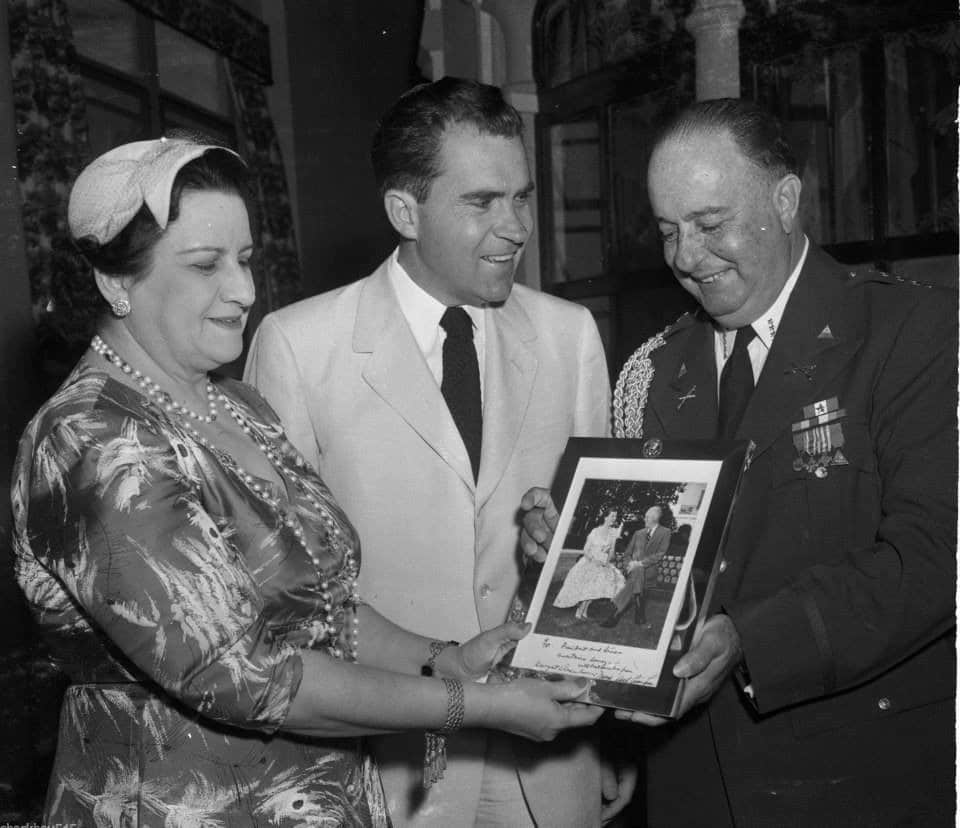
.
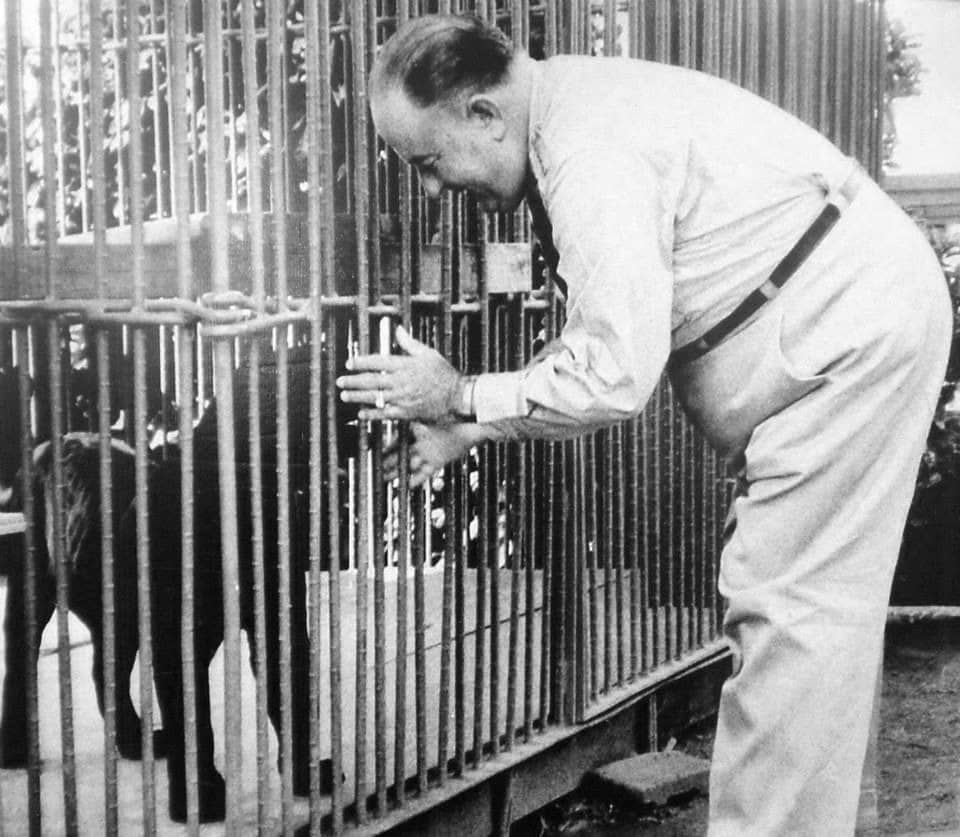
By 1946, the Somoza were the country’s main coffee exporters. Subsequently, the best cattle farms also became property of Somoza, guaranteeing also the only pasteurizing plant in the country: La Salud.
The Nicaraguan merchant navy and Nicaraguan Airlines were also owned by Somoza, in addition to other strategic companies for Nicaragua’s economy. Added to that, it produced alcohol, allowed «forbidden games», prostitution and paid the payroll of their farms with state resources. Somoza García, had salaries for president, chief director of the Army, general manager of the Railroad, and countless other posts.
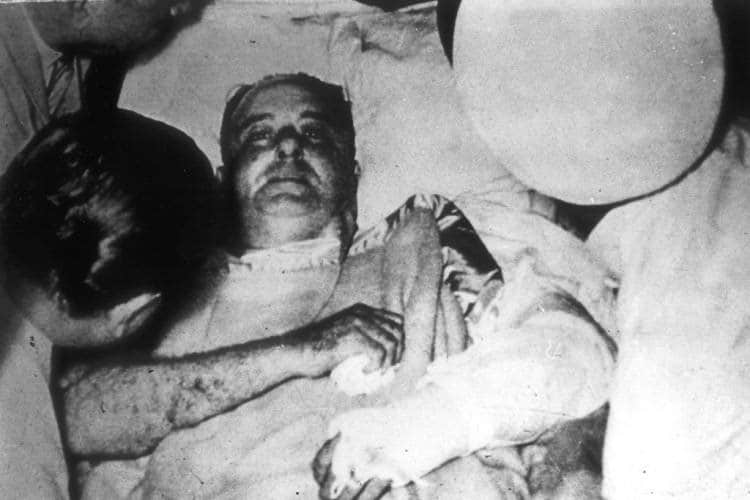
The National Guard: instrument of terror and support for Somocism
The Guard had sown panic since its inception, and particularly in the rural areas of guerrilla action, to the point that the peasantry identified it with suffering and death. To ensure the loyalty of their soldiers, the Somocismo allowed them to benefit from their posts. Generals, officers and rasos, took advantage of their positions to enrich themselves. It was common that, after the arrest or murder of peasants, the lands of these were in the hands of guards, as well as mesta judges.
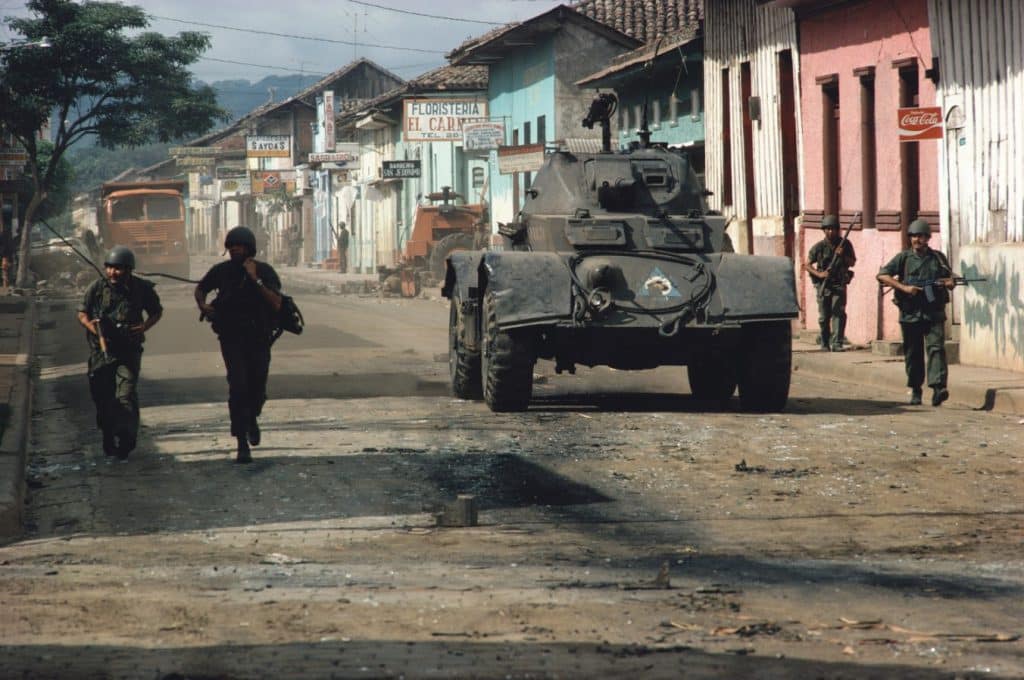
Somocismo’s motto was always: «Silver for friends, lead for enemies and stick for the indifferent».
To ensure this, different institutions were created such as the Infantry Basic Training School (EEBI) implanted by Anastasio Somoza Portocarrero, as an elite counter-insurgency unit specialized in terrible massacres against the Nicaraguan population.
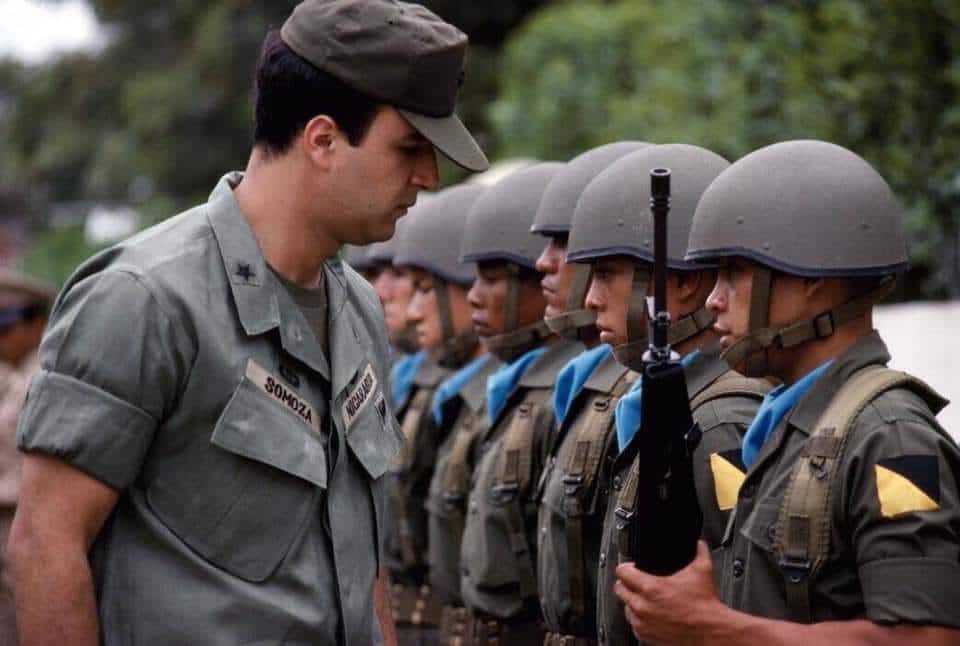
The «White Hand» where assassins operated under specific orders and previously analyzed to selectively assassinate, especially union leaders or FSLN militants.
The Office of National Security (OSN), where there was a combination of assassins and investigators, who passed information directly to the dictator or the Guard’s heads of operations about the Sandinista movements or that threatened the regime.
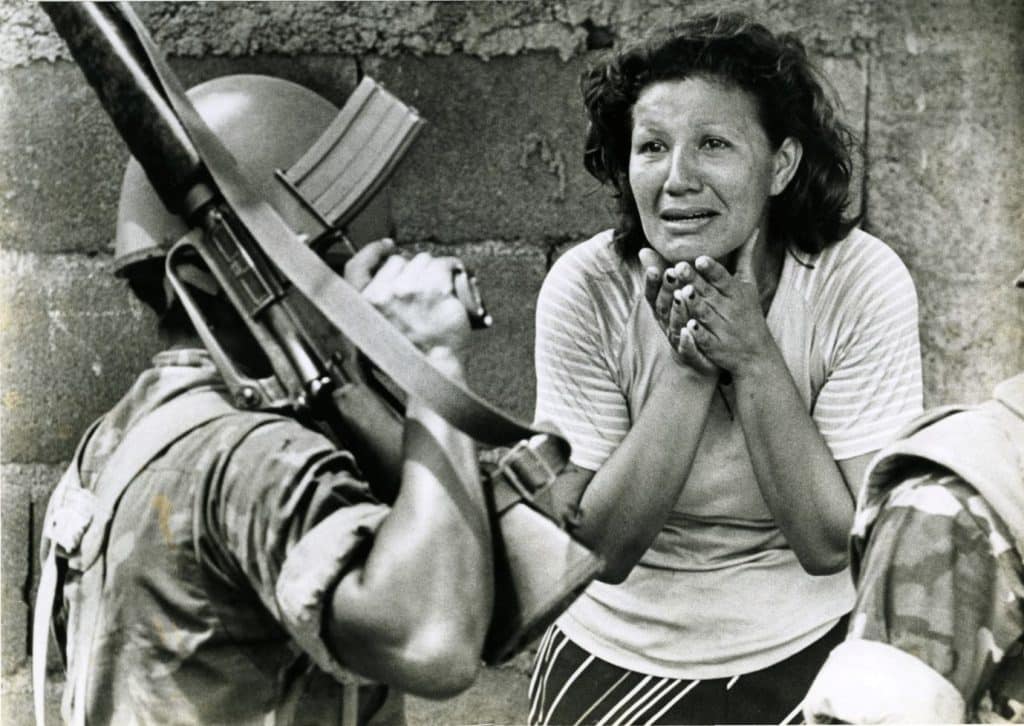
The Anti-Communist Service (SAC) specifically monitored opposition politicians close to Marxist-Leninist ideology.
According to chronicles of the time: The basis of everything is cemented in a strange hierarchy of terror: whoever receives the order to investigate the person, fears the one who has given the order; the person under investigation is subject to the brutal coercion of the investigator, and the truth or lie is confused in the premeditated judgment of the man who has already pronounced his sentence, even before hearing the sentenced person.
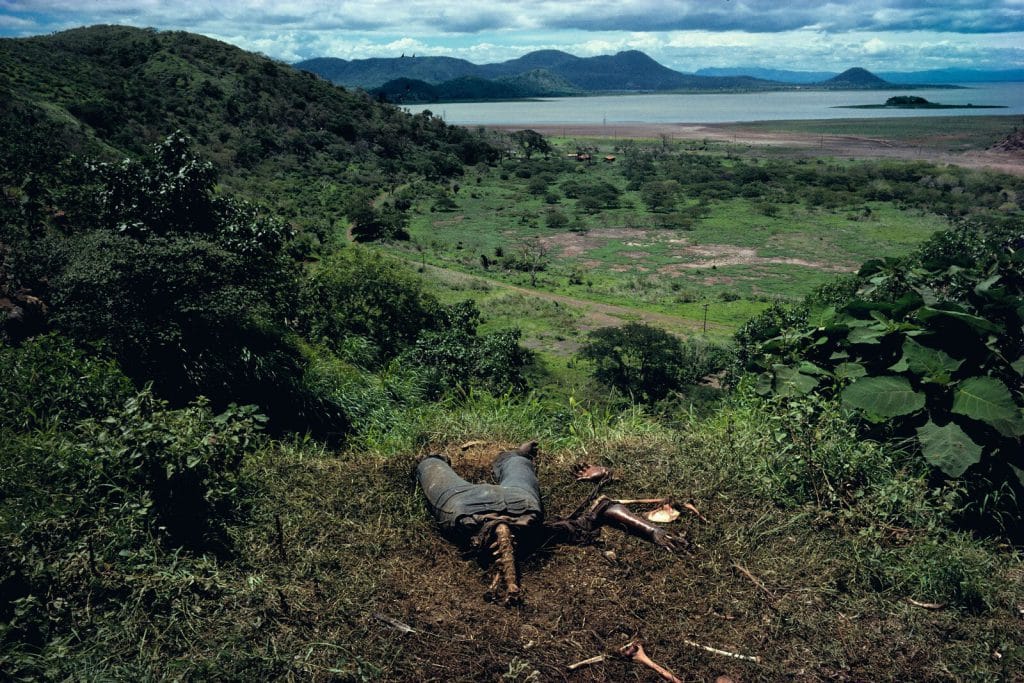
Massacres perpetrated by the Somocismo were among many others: the Posoltega trench, against agricultural workers in the west of the country; the massacre of January 22, 1967 whose number of victims has not yet been determined. The massacre of September 15, 1978 in the neighborhood of Guadalupe in León, where 22 civilians were machine-gunned, crushed by a tractor and then sprayed with gasoline. Throughout the Somoza dynasty, conservative figures show at least 50,000 people killed across the country.
Puedes leer: Nicaragua: Permanent Anti-Colonial Struggle
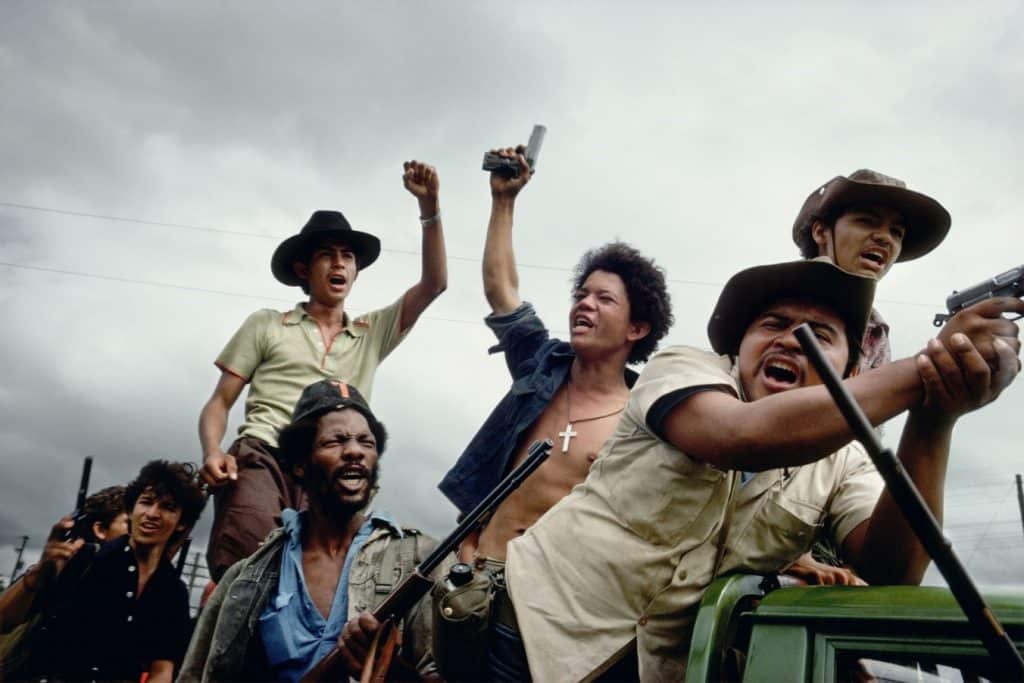
It might interests you: ¿Qué celebra Nicaragua el 19 de Julio?
It was not until the Sandinista National Liberation Front, after years of struggle and sacrifice, managed to unite the people of Nicaragua, in direct struggle against the so-called last marine of the US occupation. On July 19, 1979, the dungeons, the guards, the humiliations and the exploitation against the poorest of the country were left behind.

